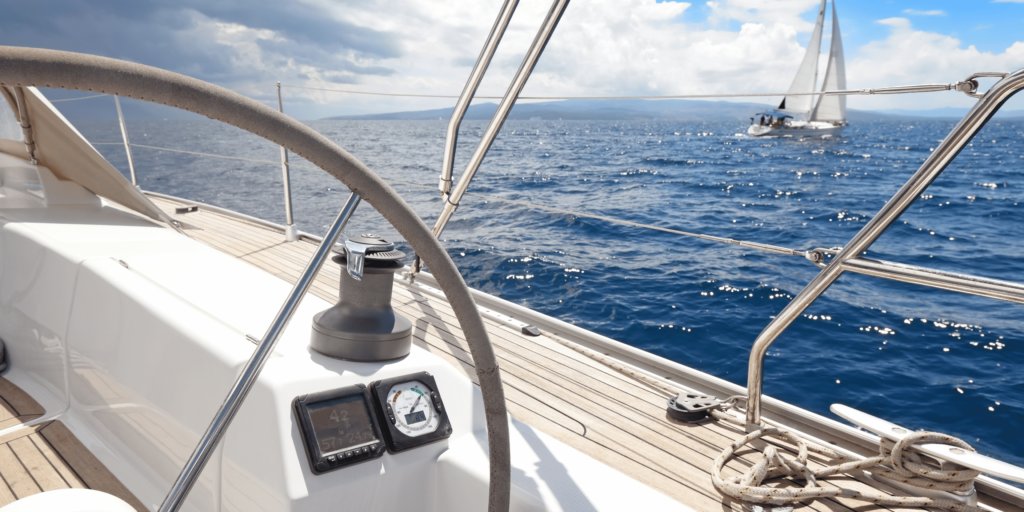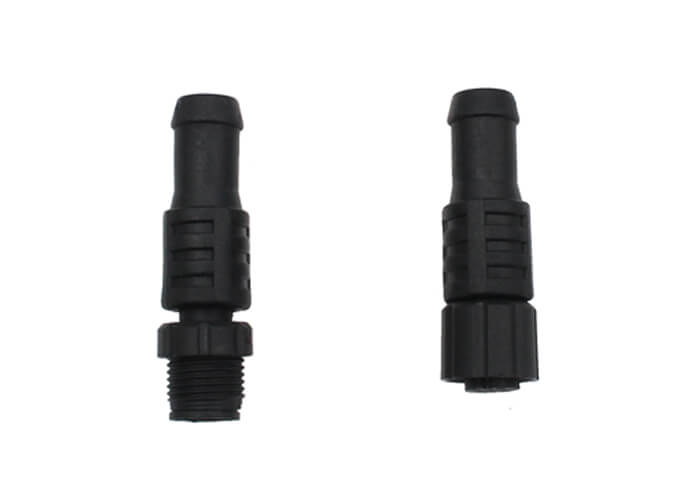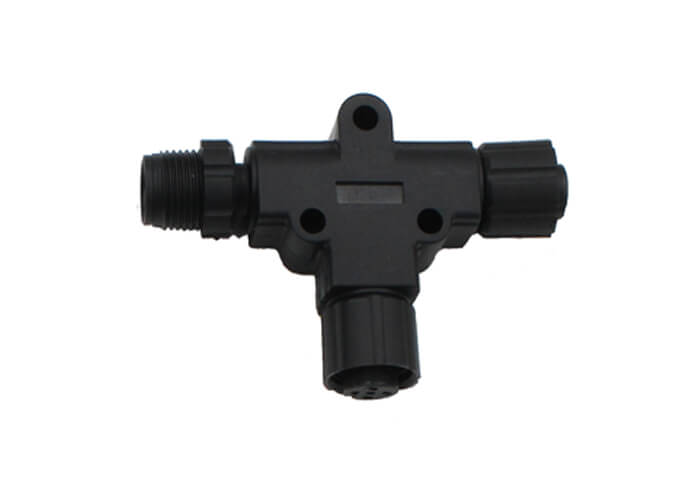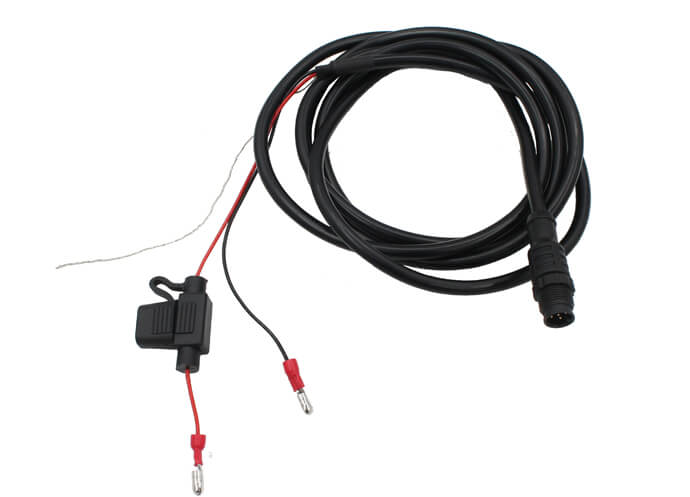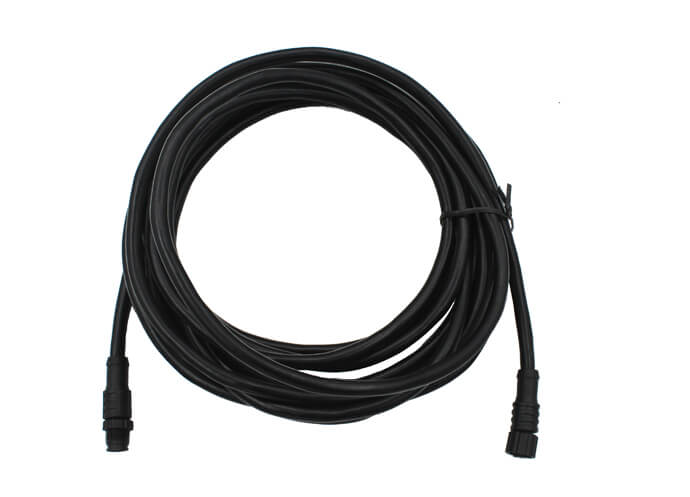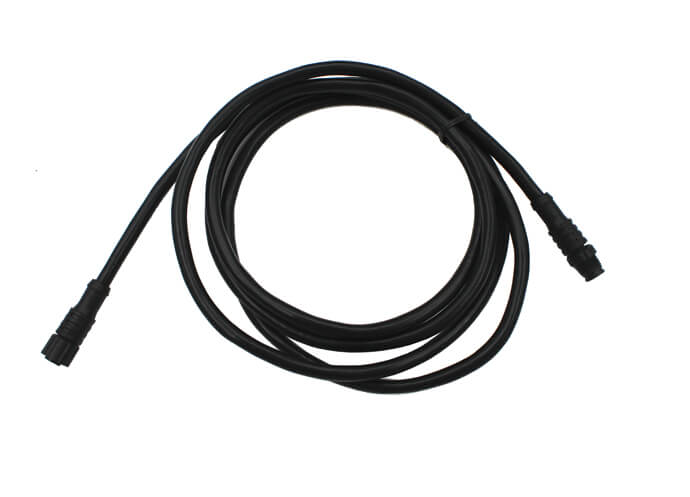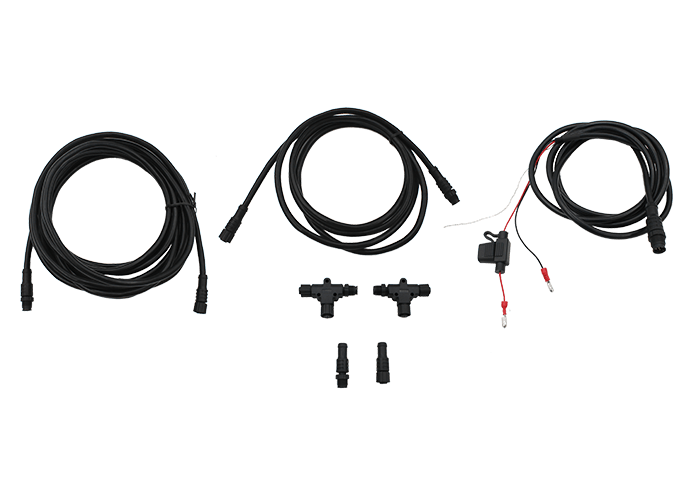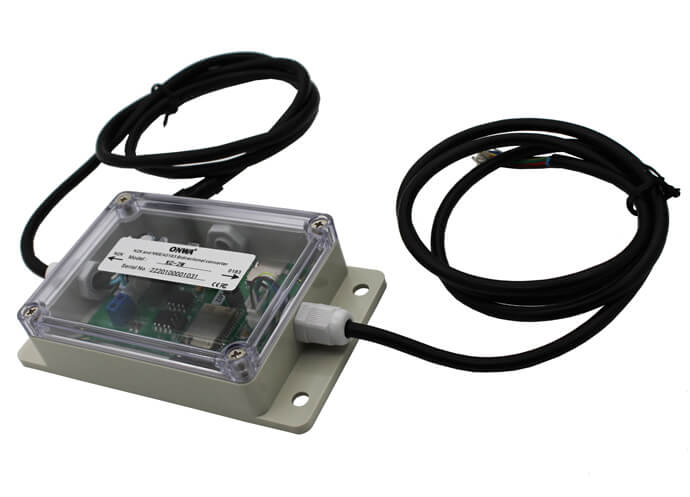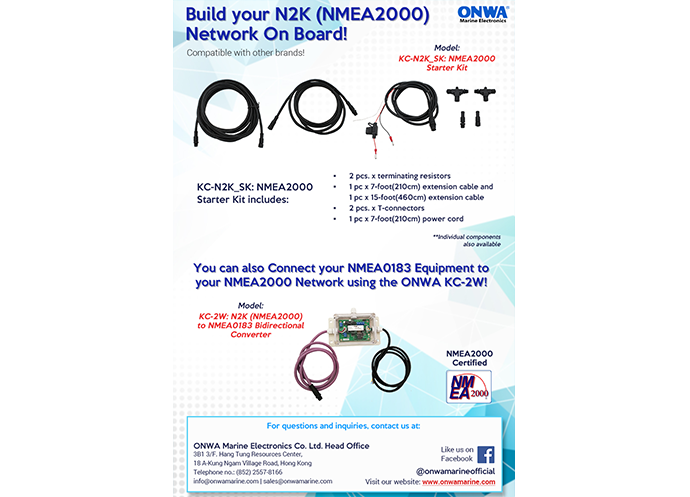What are NMEA2000 Devices?
NMEA2000 devices refer to maritime electronics that conform to the NMEA 2000 standard, a global protocol for data exchange between navigational and technical instruments on boats and ships. These devices include but are not limited to GPS receivers, autopilots, wind instruments, depth sounders, navigational displays, and engine data interfaces. They are designed to operate over a single network known as an NMEA 2000 network or simply put - the N2K network.The Significance of NMEA2000 in Maritime Navigation
The integration of NMEA2000 devices within a vessel's network is pivotal for modern maritime navigation and communication, signifying a major upgrade from the previous NMEA 0183 system. This advancement allows different devices from various manufacturers to share data seamlessly, leading to improved safety, efficiency, and convenience for maritime operations.Key Advantages of Implementing NMEA2000 Devices Onboard
Streamlined Connectivity
NMEA2000 devices allow for a simplified connection scheme known as a "backbone and drop" setup, drastically reducing the complexity and quantity of wiring needed compared to older systems. A backbone cable runs the length of the vessel with T-connectors for each device, branching out via drop lines.Enhanced Data Exchange
The high bandwidth of NMEA2000 networks fosters a rapid and simultaneous two-way data exchange among devices. This level of inter-device communication provides operators with real-time access to a comprehensive set of data, enhancing situational awareness and decision-making capabilities.Interoperability Between Devices
A primary benefit of the NMEA2000 standard is its interoperability. Devices from multiple manufacturers can be added to or removed from the network without compatibility issues, offering flexibility and scalability for the marine electronics system of a vessel. This results in a more customizable and future-proof setup for evolving technological needs.
NMEA2000 Devices Protocol Explained
Navigating the specifics of the NMEA2000 devices protocol reveals a complex system that enhances maritime communication by allowing interoperability between electronic devices on boats and ships.Unpacking the NMEA2000 Protocol
- What It Is: The protocol serves as a standard language through which NMEA2000 devices can communicate.
- Data Sharing: Devices on the network exchange data using a standardized message format known as Parameter Group Numbers (PGNs).
- Network Design: Simplifies wiring with a single cable system, enabling devices to connect over a "backbone" with minimal connections via "drop cables".
- Bandwidth and Speed: Offers higher bandwidth compared to older protocols, allowing for more data to be transmitted at faster rates.
NMEA2000 vs. NMEA 0183
- Single Talker, Multiple Listeners (0183): NMEA 0183 supports a setup where one device sends data, and several others listen. This one-way communication limits the data integration complexity.
- Multiple Talkers and Listeners (2000): NMEA2000 allows for multiple devices to send and receive data simultaneously, providing a more dynamic and integrated data exchange.
- Data Collision Handling: Unlike NMEA 0183, NMEA2000 incorporates a method to handle data collision efficiently, thereby ensuring a reliable exchange of information.
- Upgrade in Functionality: The newer protocol supports a broader range of data types, more detailed messaging, and greater flexibility for future technology integrations.
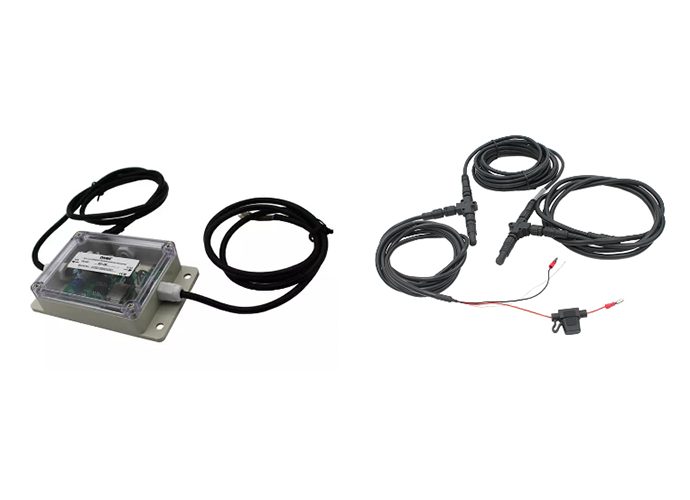
How NMEA2000 Devices Enhance Maritime Communication
In the realm of maritime operations, the deployment of NMEA2000 devices has been a true game-changer, providing a multitude of use cases and advantages that accentuate their real-world applications.Real-World Advantages of NMEA2000 Devices
- Centralized Data: NMEA2000 devices facilitate a central data network for all connected devices, making it easier to manage and interpret critical information.
- Increased Safety: Real-time data sharing improves situational awareness and decision-making, leading to enhanced safety protocols at sea.
- Reduced Complexity: Simplified wiring from the NMEA2000 protocol minimizes installation errors and equipment downtime.
- Future-Proofing: With the ability to easily integrate new devices, the system is adaptable to future technological advancements.
Examples of NMEA2000 Device Integration
- Navigation Aids: GPS plotters and autopilot systems sync with other sensors to improve route planning and monitoring.
- Instrumentation: Wind sensors, depth sounders, and speed logs share data for comprehensive environment assessment.
- Engine Monitoring: Real-time engine data including fuel flow, temperature, and RPM, can be displayed on multifunction displays, allowing for prompt responses to any operational issues.
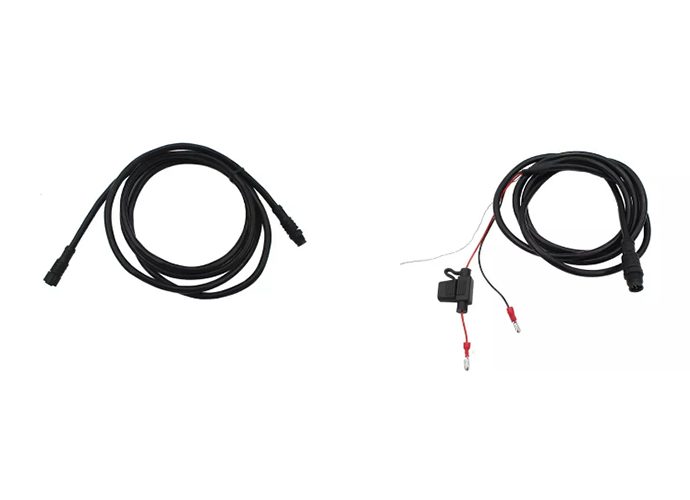
Essential NMEA2000 Devices Components
Exploring the foundational elements of maritime network communication, we delve into the crucial components that constitute NMEA2000 devices, essential for setting up an effective and efficient NMEA 2000 network on any marine vessel.The NMEA 2000 Starter Kit
An NMEA 2000 starter kit is the gateway to building an integrated boat network that allows various electronic devices to communicate seamlessly. Here’s what a typical starter kit includes:- NMEA 2000 Backbone Cable: Acts as the primary conduit for data exchange in the NMEA2000 devices network.
- Power Cable: Supplies electrical power to the NMEA 2000 network, ensuring that all connected devices remain operational.
- T-Connectors: Serve as junction points for attaching devices and drop cables to the backbone.
- Terminators: Essential for signal integrity, these are placed at both ends of the backbone cable to prevent signal reflection.
- Drop cables: Connect individual NMEA2000 devices to the closest T-connector on the backbone.
Understanding NMEA 2000 Connectors
NMEA 2000 connectors play a pivotal role in the network's overall functionality, offering a standardized and secure means of connecting devices:- Male and Female Connectors: These connectors ensure a secure physical connection between cables and devices, preventing accidental disconnections.
- Waterproof Design: Given the maritime environment, these connectors are typically designed to resist water intrusion, which is critical for maintaining network reliability.
- Color-Coded: To simplify installation and reduce errors, connectors often follow a color-coding scheme, guiding users in matching cables and ports accurately.
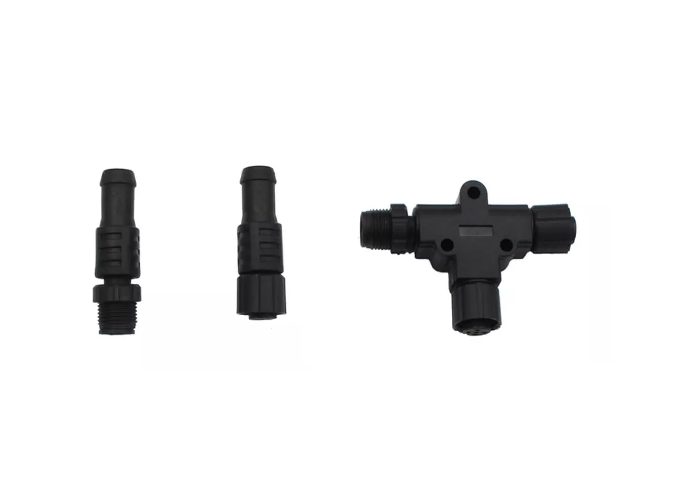
Setting Up Your NMEA2000 Devices Network
Embarking on the task of assembling an NMEA2000 devices network is a critical step toward advanced marine instrumentation communication. Follow this step-by-step guide to properly set up an NMEA 2000 network aboard your vessel and glean tips to ensure peak performance and compatibility among all connected devices.Step-by-Step Installation of an NMEA2000 Network
Setting up an NMEA2000 devices network involves several crucial steps to ensure robust and error-free communication:- Plan the Layout: Begin by planning the layout of your NMEA2000 devices network, considering the placement of the backbone cable, devices, T-connectors, and terminators.
- Install the Backbone Cable: Run the backbone cable throughout the vessel, securing it and ensuring it’s accessible for connections but protected from damage.
- Connect Power to the Network: Attach the power cable to the network, making sure it’s supplying consistent power while avoiding voltage drops.
- Place T-Connectors: Strategically position T-connectors along the backbone where NMEA2000 devices will connect.
- Attach Devices with Drop Cables: Use drop cables to connect each device to the respective T-connector on the backbone.
- Install Terminators: Ensure each end of the backbone is fitted with a terminator to prevent signal reflection and loss.
- Confirm Device Compatibility: Verify that all connected devices are NMEA2000 certified to ensure seamless communication.
- Power Up: Turn on the network and check that all devices are communicating with each other correctly.
Optimizing Network Performance and Compatibility
Maximizing the efficacy of your NMEA2000 devices network requires attention to detail and a few best practices:- Regular Updates: Keep device software up to date to maintain compatibility and introduce new features or bug fixes.
- Monitor Network Load: Ensure that the network isn’t overloaded with devices that may exceed the data bandwidth capacity specified by NMEA2000 standards.
- Quality Cables and Connectors: Use high-quality cables and watertight connectors to reduce the risk of failure due to marine environmental conditions.
- Device Configuration: Properly configure each device according to manufacturer instructions for optimal data exchange.
- Physical Inspection: Routinely inspect the physical network for signs of wear, corrosion, and secure connections.
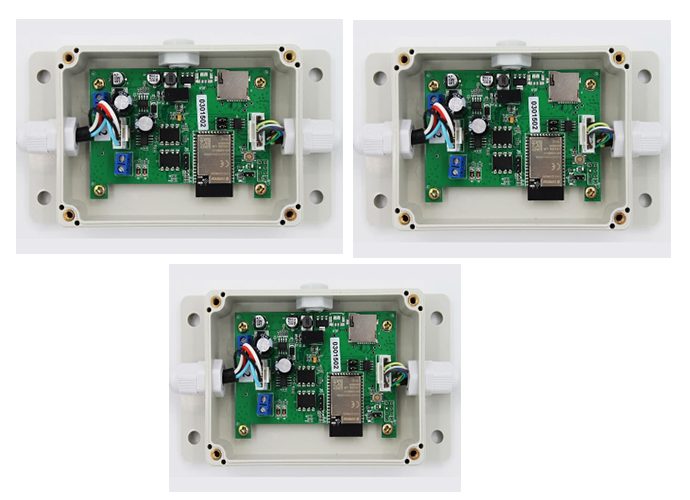
Integrating NMEA2000 Devices with Other Systems
Enhancing the applicability of NMEA2000 devices, they can be interlaced with different technologies.NMEA 2000 to Ethernet: Broadening Accessibility
By creating an interface between NMEA2000 devices and ethernet, you can harness the power of a broader network and unlock new possibilities. These are a few notable benefits:- Device Interoperability: Facilitates data transfer between NMEA2000 devices and non-NMEA 2000 ethernet systems.
- Remote Accessibility: Allows for the possibility of accessing NMEA2000 data off-vessel, facilitated by the internet connection, for remote diagnostics or monitoring.
- Fast Data Transfer: Ethernet networks generally offer higher data transfer speeds, enabling swift data updates for monitoring and control systems.
- Internet of Things (IoT) Integration: Opens up possibilities for integrating smart devices that operate on an IoT architecture with your maritime network.
On-board Systems & NMEA 2000: Benefits of Integration
Integrating NMEA2000 devices with existing onboard systems not only improves information exchange but also enhances overall functionality. Here are the key advantages:- Unified System: Allows disparate systems to communicate, generating comprehensive and linked data output.
- Improved Safety: Enhanced information sharing between systems aids in identifying potential risks and mitigating them swiftly.
- Efficient Operations: Sharing data across systems has the potential to streamline procedures, reduce redundancies, and increase the efficiency of maritime operations.
- Ease of Troubleshooting: A unified system aids in faster identification and resolution of issues in the event of a failure or error.
>>Click here view more
